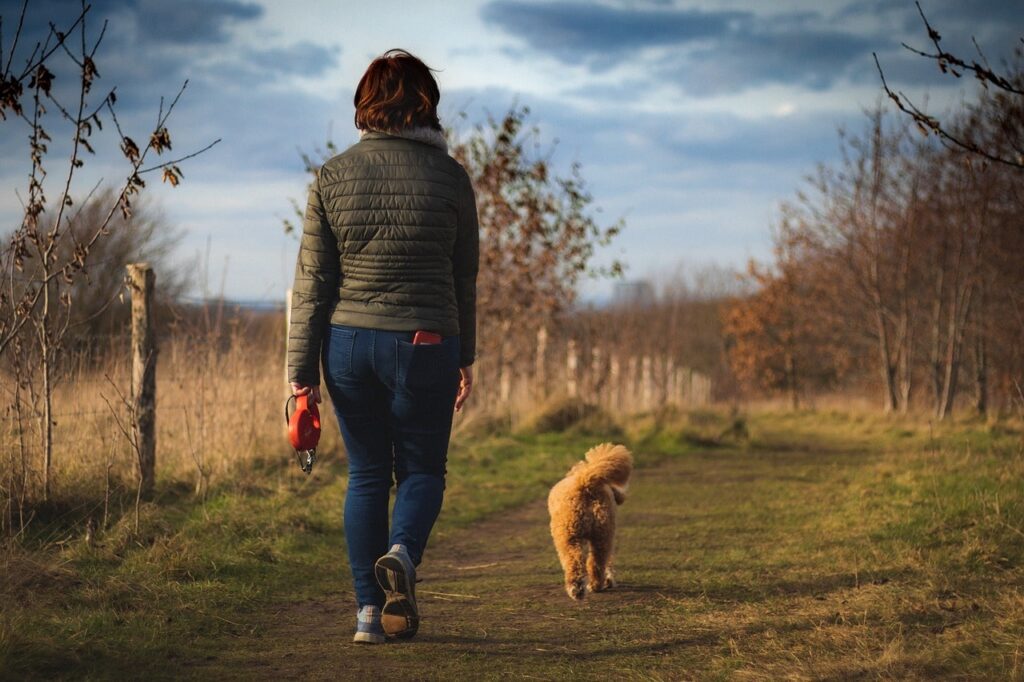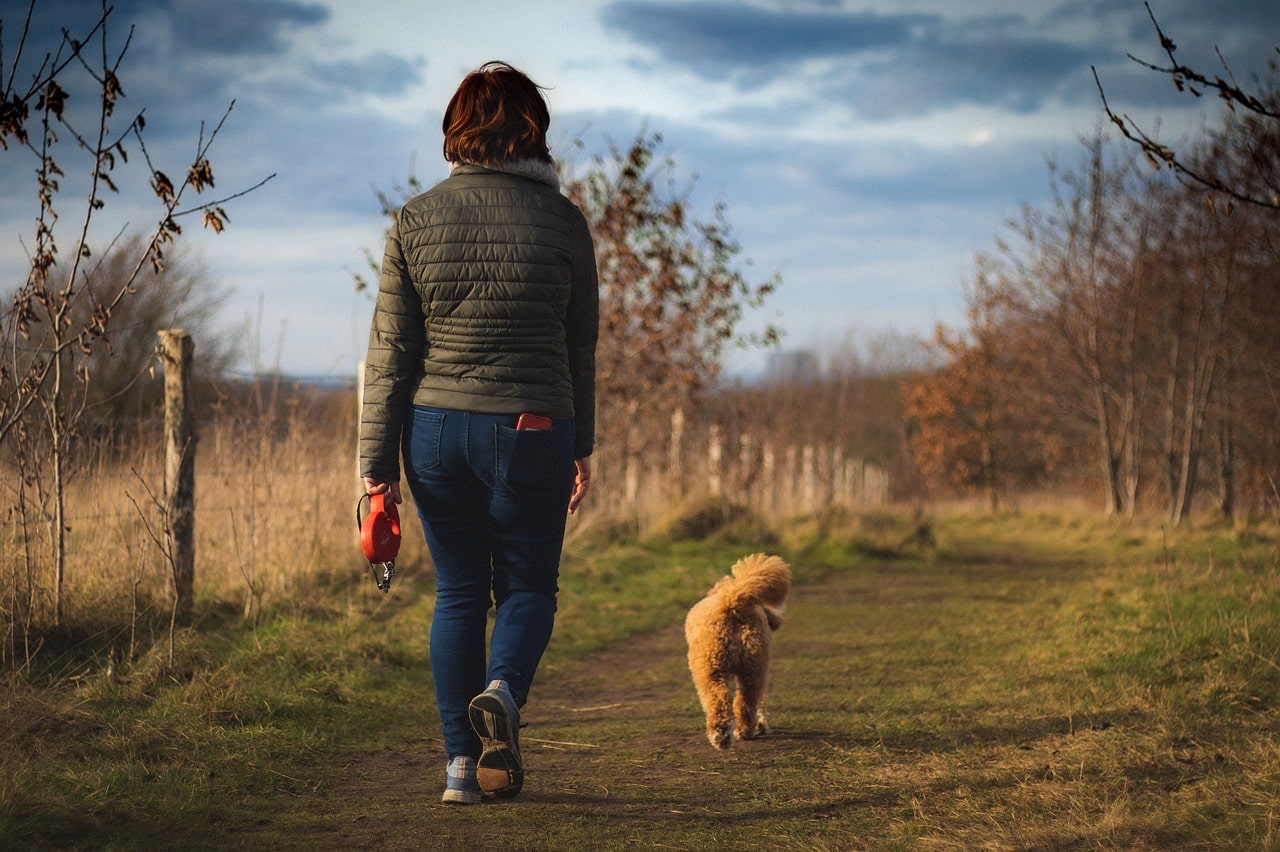Embarking on a leisurely stroll with your dog can be a delightful experience, but what do you do when your furry friend resists the leash and refuses to walk?
Leash training a dog that won’t walk requires patience, understanding, and a strategic approach.
We’ll delve into 11 expert tips to transform those reluctant moments into enjoyable walks, providing practical insights to overcome challenges and foster a positive walking experience for both you and your canine companion.
Unlock the secrets of leash training for reluctant walkers with our comprehensive guide on “How to Leash Train a Dog That Won’t Walk.”
Table of Contents
How to Leash Train a Dog That Won’t Walk: Unraveling the Mystery

1] Understanding the Root Cause
Overview: “Embark on a journey to understand why your dog is reluctant to walk on a leash. Identifying the root cause is the first step in tailoring your approach to overcome this reluctance.”
Initiate your journey by delving into the intricate reasons behind your dog’s reluctance to embrace leash walks.
Dogs may display hesitancy due to a myriad of factors, such as fear, discomfort, or lingering negative experiences.
Identifying the nuanced root cause becomes the foundational step, allowing you to tailor your approach with precision to overcome this hesitancy.
2] Gradual Introduction to the Leash
For dogs displaying resistance to leashes, commence with a meticulously gradual introduction process.
Create an environment where your dog can acclimate to the leash at their own pace, ensuring familiarity and diminishing anxiety.
Patience takes center stage during this crucial phase, fostering an association between the leash and positive, stress-free experiences.
Tip: “Exercise patience during this process, making each step a positive experience. Gradual exposure helps build your dog’s confidence with the leash.”
3] Positive Reinforcement
Elevate the experience of walks by seamlessly integrating positive reinforcement techniques.
Utilize an array of rewards, from delectable treats to enthusiastic verbal praise and affectionate gestures, to celebrate each small step on the leash.
This intentional positive association works wonders, orchestrating a paradigm shift where walks become not just routine but eagerly anticipated and joyous occasions.
The currency of leash training is positivity, where each step becomes a coin of reward in the treasury of your dog’s motivation
4] Choose the Right Leash and Collar
Prioritize the comfort of your canine companion by meticulously selecting an appropriate leash and collar ensemble.
Recognize that resistance to walking may stem from physical discomfort induced by restrictive or ill-fitting equipment.
Opt for lightweight, well-fitted options that not only enhance comfort but also contribute to an overall delightful walking experience.
5] Explore Different Walking Routes
Tackle reluctance head-on by injecting a dose of variety into your walking routine.
Venture into different routes and explore diverse environments.
The novelty of these surroundings triggers your dog’s innate curiosity, making them more willing to embrace the leash and transforming each walk into an exciting, explorative adventure.
• Explore different routes and diverse environments • Novel surroundings trigger curiosity in your dog • Transform each walk into an exciting, explorative adventure.
6] Distract with Engaging Toys
Elevate the allure of walks by bringing along an arsenal of engaging toys.
These interactive playthings not only serve as delightful distractions but also orchestrate a seamless transformation of your outing into a captivating playtime session.
This tactic proves particularly effective for dogs initially hesitant about the concept of leash walks.
7] Short and Gradual Walks
Overview: “For dogs resistant to walking, start with short and gradual walks. Over time, gradually increase the duration as your dog becomes more comfortable.”
In the realm of leash training, especially for dogs showcasing resistance, initiate the process with short and gradually increasing walks.
As your dog acclimates and gains confidence, incrementally extend the duration.
This gradual approach ensures that endurance is built progressively, avoiding overwhelming your furry friend.
8] Bring Along a Canine Companion
Leverage the inherent social nature of dogs by enlisting the companionship of a well-behaved canine friend.
The presence of another dog serves as a powerful motivator, turning the leash into a more appealing prospect for a hesitant walker.
Tip: “Dogs are social animals, and companionship can make the leash more appealing. Ensure both dogs are comfortable with each other during walks.”
This additional layer of encouragement can work wonders during leash training.
9] Patience and Calm Encouragement
Embark on the journey of leash training armed with an abundance of patience and a demeanor of calm encouragement.
Frustration or impatience can inadvertently create negative associations with the leash.
By adopting a tranquil approach, you foster a positive atmosphere that encourages your dog to embrace walking on a leash at their own pace.
The leash training sonnet is composed with the gentle strokes of patience and the soothing notes of calm encouragement.
10] Consultation with a Professional Trainer
In scenarios where all your dedicated efforts seem to fall short, consider seeking the sage advice of a certified professional dog trainer.
These seasoned experts possess the keen ability to assess your dog’s specific challenges and provide personalized strategies to address reluctance effectively.
Drawing on their wealth of experience can expedite the leash training process with remarkable efficacy.
11] Veterinary Check-Up
If your dog’s reluctance persists despite your best efforts, a comprehensive veterinary check-up becomes a prudent step.
Pain or discomfort, potentially overlooked, could be hindering your dog’s ability to walk comfortably on a leash.
Tip: “Addressing health concerns ensures a holistic approach to leash training. Regular check-ups contribute to your dog’s overall well-being.”
Addressing potential health concerns ensures a holistic approach to leash training, prioritizing your furry friend’s well-being.
How to Leash Train a Dog That Won’t Walk: FAQs
Is it normal for dogs to resist leashes?
Yes, resistance to leashes can be normal, often due to fear or discomfort. Understanding the root cause helps tailor your approach to overcome reluctance.
Can older dogs learn to walk on a leash if they’ve never done it before?
Absolutely! With patience and positive reinforcement, older dogs can learn to walk on a leash, even if they’ve never done it before. Tailor your training to their pace and comfort.
How long does it take to leash train a reluctant dog?
The duration varies based on your dog’s individual temperament and the underlying reasons for reluctance. Consistency and patience are key to successful leash training.
Are certain breeds more prone to leash reluctance?
While individual temperament plays a significant role, certain breeds may exhibit more resistance. However, consistent training can overcome reluctance regardless of breed.

Conclusion:
Conquering the challenge of leash training a dog that won’t walk is a rewarding journey that strengthens the bond between you and your four-legged friend.
By implementing these 11 expert tips on “How to Leash Train a Dog That Won’t Walk,” you’ll pave the way for enjoyable walks and strengthen the bond with your canine companion.
Celebrate small victories, be patient, and enjoy the newfound joy of walking together.
By investing time and effort into leash training, you pave the way for a lifetime of pleasurable and stress-free walks with your well-trained canine companion.





